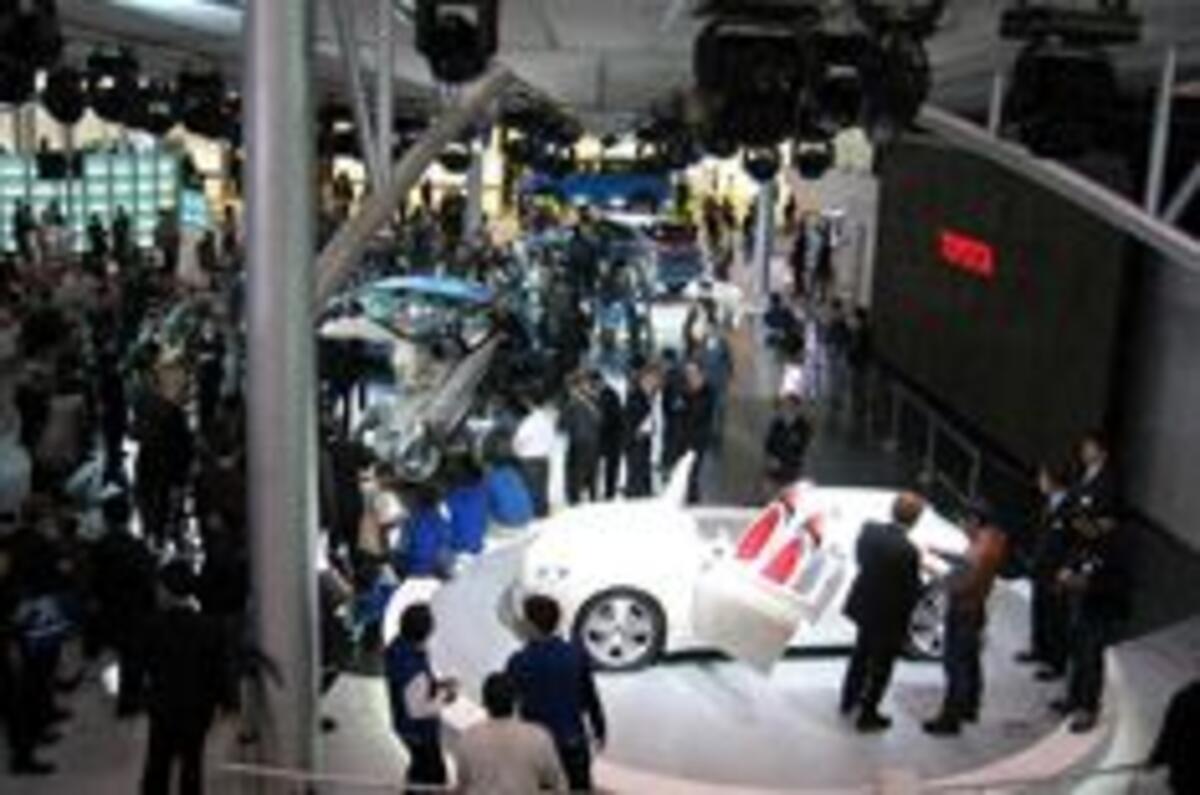Tokyo is without doubt the most individual of the major international shows. Detroit, Geneva, Paris or Frankfurt can’t compete against the twice-yearly chance the Japanese manufacturers get to grab the limelight, usually with an array of brightly coloured, frankly barmy concepts that serve little purpose other than to question the state of mind of the finest designers.
Not so this time around. The Japanese carmakers still took centre stage to huge effect, but the more subdued, less crazy atmosphere of the show was reflected in the realistic concept cars that adorned the stands of the 37th Tokyo exhibition.
There was still plenty to focus the mind of course, with Nissan grabbing the top spot with an amazing six concept cars and one production debut, the C-Note (see gallery). While Toyota, Honda, Mazda, Subaru, Daihatsu and Suzuki could all claim at least three new models, mostly concepts, never before exposed to the world.
Amongst the Europeans, only Mercedes could muster an all-new concept car, the techno-packed F500 Mind (see gallery), hinting at the next S-Class. Although Citroen displayed the lavish interior of its special edition C3, designed by Paris fashion house Hermes.
Other non-Japanese debuts totalled Hyundai’s Neos-II crossover concept (see gallery) and the Jeep Treo, an entry-level three-seat show car parked on a stand staffed by girls in cowboy hats.
There were occasional signs of the madness of years gone by, Suzuki’s Mobile Terrace (in gallery) leading the charge to ridiculousness, with the Toyota PM and Daihatsu D-Bone (in gallery) close behind. But giving the show a healthy credit in the sanity bank account were the likes of the stunning Honda HSC concept (read next NSX), Honda Imas (read next Insight), Mazda Ibuki (read next MX-5) and Lexus LF-S (read next GS).
Suzuki’s Land Breeze (see gallery) was a ridiculously named but interesting concept that should finally replace the Jimny, while jaws hit the floor when Mitsubishi announced it would be building the Se-Ro (see gallery), a tall thin mini-MPV concept that has a front/rear identity crisis, and can’t decide which is which. At this stage, only the Japanese will get the chance to buy one, a situation also true of the Subaru citycar concept R2, which will make it to production. Unfortunately, the company claims the beefy R1E version, built on a wider version of the same track, won’t join it.




Add your comment